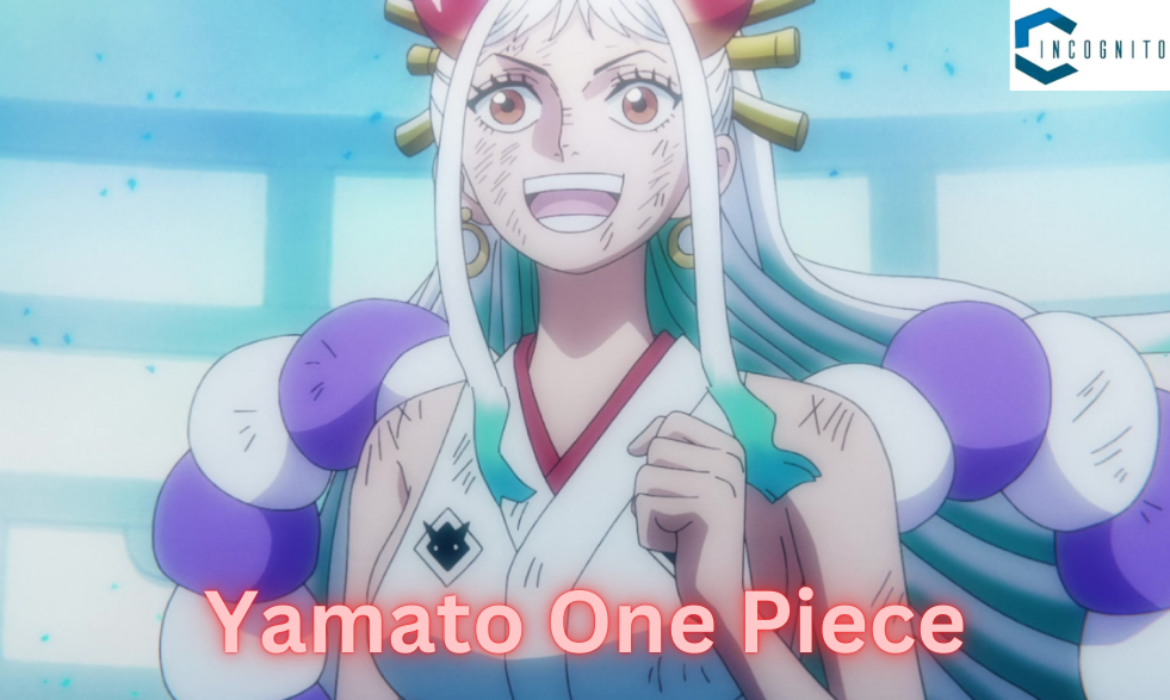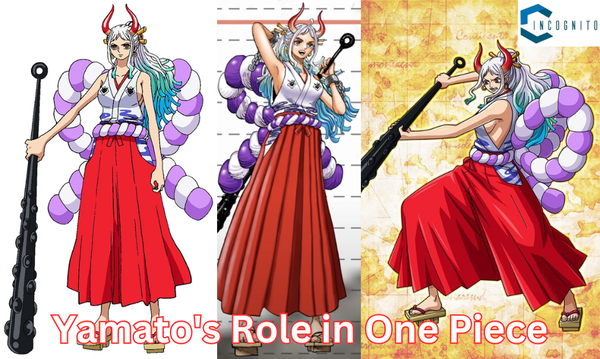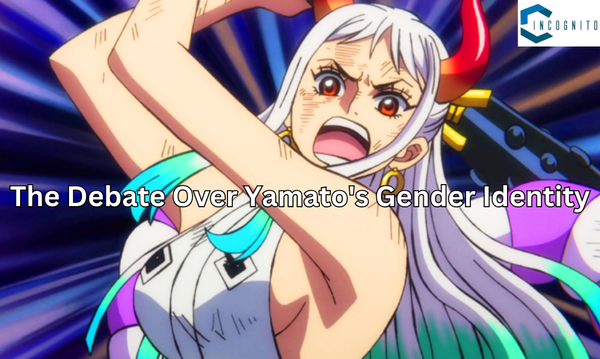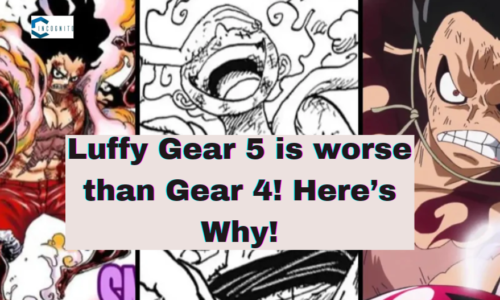
One Piece is a highly popular manga and anime series written by Eiichiro Oda. This anime series was released in 1997. It tells the story about a young pirate named Monkey D. Luffy whose dream is to find the legendary treasure, also called “One Piece,” and become the King of the Pirates.
There are many characters in this series; however, we will elaborately discuss Yamato One Piece in this article.
Keep reading, keep learning!
What is One Piece?
The essence of One Piece revolves around freedom to chase your dreams, freedom from oppression, and even forging bonds during hard times.
The show is known for its epic world-building, complex plotlines, and a vast multitude of characters who all have their very distinct abilities and backgrounds.
Luffy, the leader and core member, together with his crew, the Straw Hat Pirates, journeys through the Grand Line. There they encounter various challenges, adversaries, and friends that check their will and principles.
Yamato One Piece: A Complicated Character
Yamato is a principal character in the Wano Country Arc of the popular animated series One Piece. Since she is the daughter of Kaido, one of the Four Emperors and the central antagonist, Yamato’s character is rich with complexity and profundity. She was initially groomed as Kaido’s heir, but life was to take a twist after her experience of witnessing the execution of Kozuki Oden, an event that had deeply inspired her to defy her father’s oppressive legacy.

Yamato’s Role in One Piece
Yamato’s Role in One Piece
Yamato plays a very important role in the Wano Country Arc as an ally of Luffy and his crew, showing deep motivation for freedom for self and Wano citizens who suffer under the oppressive rule. By teaming up with Luffy and entering herself within Oden’s ideology, she is an embodiment of the spirit of rebellion against tyranny that sustains throughout One Piece.
Decision to Remain in Wano
Although Yamato initially wanted to become part of Luffy’s crew after winning against Kaido, she later decides to remain in Wano for its future safety while retaining the hopes for joining them later. This reflects her sense of belonging to her homeland yet leaves room for further development in her character arc.
Conflict with Identity
Yamato’s journey formally begins as she holds Oden in high regard. As the latter succumbs to death, she adopts his identity and even calls herself “Kozuki Oden.” Her reason for doing so is to embody the spirit of Oden to see the realization of his mission to free Wano from the clutches of Kaido’s tyranny.
The identity crisis that Yamato faces form the core of her personality; she is Kaido’s daughter, yet she wants to be identified as a complete other person. In Yamato’s entire storyline, several elements of her personality portrayed revolution against her father’s tyrannical control.
Powers and Abilities
Yamato has impressive powers stemming from her Mythical Zoan-type Devil Fruit, Inu Inu no Mi, Model: Okuchi no Makami. The fruit gives her a divine wolf form, enhancing her strength and agility.
Combat Skills and Proficiency
Her combat skills shine during battles with powerful enemies such as Kaido himself. Yamato also has proficiency with Haki—a technique that enhances physical ability and allows users to sense spiritual energy.
Her combat prowess puts her in a place of key allyship in the Wano arc, aiding Luffy and his crew in their battle against Kaido’s forces.

The Debate Over Yamato’s Gender Identity
The Debate Over Yamato’s Gender Identity
One of the most widely discussed questions is Yamato’s gender identity. Being born female, she identifies as a male and desires to be recognized as Kaido’s son. This particular aspect of her character has been subject to numerous interpretations.
Below are some opinions on Yamato’s Gender Identity:
1. Identification as Male:
Many fans argue that Yamato needs to be defined as male, based on how she addresses herself within the confines of the story. She always calls herself using male pronouns and wishes to be viewed as Kaido’s son rather than his daughter. This perspective is embraced by characters within the stories themselves who refer to her as “son” as well, such as Luffy and even Kaido himself.
2. Cultural Context:
Japanese culture is complex in identifying and defining gender identity. Some fans say that Yamato’s identification might reflect a broader theme of gender fluidity or non-binary identities within storytelling. Her desire to become Oden might represent a more profound idea about self-identity in the light of normal perceptions of gender.
3. Critiques in Representation:
On the other hand, some critics criticize Yamato’s characterization for oversimplifying or misrepresenting issues concerning gender identity. According to them, assuming the identity of another person does not automatically change one’s gender. This perspective calls for more thoughtful representation in media with regards to gender diversity.
Conclusion
To sum it up, One Piece is not just an adventure of pirates chasing treasure. Rather, it is profoundly related to issues of identity, freedom, and growth of characters like Yamato.
Yamato’s complex background as Kaido’s child who seeks liberation from his heritage makes the central narrative of One Piece much richer.
Through gender-identity discussions that continue to resonate across fandoms worldwide, Yamato is a connection at the crossroads of these discussions— challenging perceptions while reflecting resilience in seeking one’s true self.





